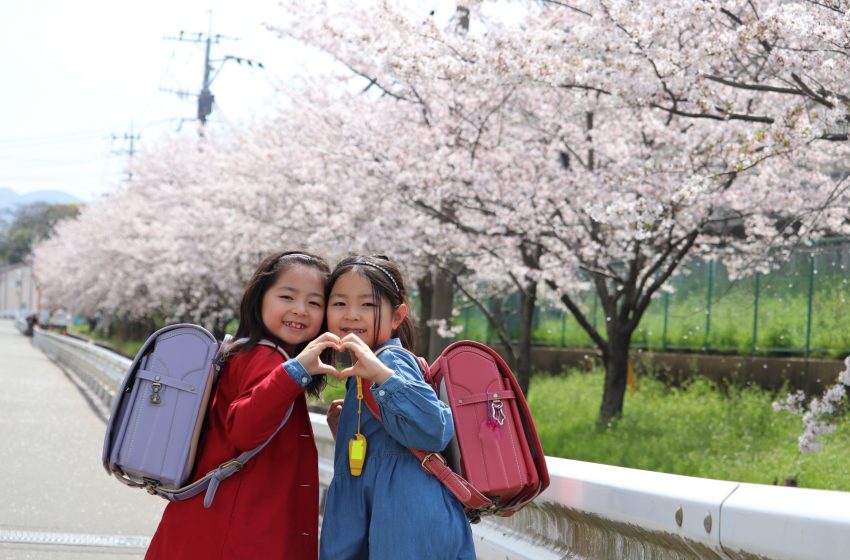
Embracing New Beginnings: The Tradition of Japan’s Entrance Ceremonies
In Japan, the start of the school year in April is marked by a significant and solemn tradition known as the “Nyugakushiki” or entrance ceremony. This ceremony is a fundamental part of Japanese culture, symbolizing the start of a new chapter in students’ lives as they enter school, be it elementary, junior high, high school, or university. The entrance ceremony is not only a pivotal moment for the students but also a proud occasion for their families. Let’s delve into the essence of this revered Japanese tradition and what makes it so special.
The Significance of the Entrance Ceremony
The entrance ceremony in Japan is more than just a formal welcome; it’s a rite of passage that instills a sense of belonging and responsibility in new students. It signifies the students’ entry into a new educational environment, where they will forge friendships, face challenges, and grow academically and personally. For many, this ceremony marks the beginning of their journey towards fulfilling their dreams and aspirations.
The Ceremony’s Proceedings
The entrance ceremony is typically held in the school’s auditorium or gymnasium and is attended by new students, their families, and faculty members. The event is formal, with students often dressed in their new uniforms, representing a fresh start and their commitment to their education. The ceremony usually includes the following elements:
- Opening Speeches: The school principal and other dignitaries welcome the students, offering words of encouragement and outlining the school’s values and expectations.
- Student Oath: Representing the new cohort, a few students might step forward to recite an oath, pledging their dedication to their studies and their conduct as students.
- Introduction of Faculty: New students are introduced to their teachers and administrative staff, establishing a sense of respect and authority from the outset.
- Performance: Sometimes, senior students perform music or other acts to welcome the new students, adding a touch of warmth to the formal proceedings.
The Role of Families
Families play a crucial role in the entrance ceremony, often attending to celebrate this milestone in their child’s life. It’s a moment filled with pride and sometimes bittersweet emotions as parents reflect on their child’s growth and the journey ahead. After the ceremony, it’s common for families to take photographs with their children in their new uniforms, capturing the memory of this significant day.
Cultural Impact
The entrance ceremony exemplifies the Japanese values of harmony, respect, and community. It reinforces the idea that students are part of a collective, where individual efforts contribute to the greater good of the group. This ceremony is a poignant reminder of the importance Japan places on education and the collective journey of learning.
Conclusion
The entrance ceremony in Japan is a heartfelt celebration of new beginnings, embodying the country’s deep respect for education and the communal nature of learning. It is a day of hope and aspiration, as students embark on a new stage of their educational journey, surrounded by the support of their families and the guidance of their teachers. As such, the Nyugakushiki stands as a cherished tradition, marking the start of an exciting chapter in the lives of young learners across Japan.

